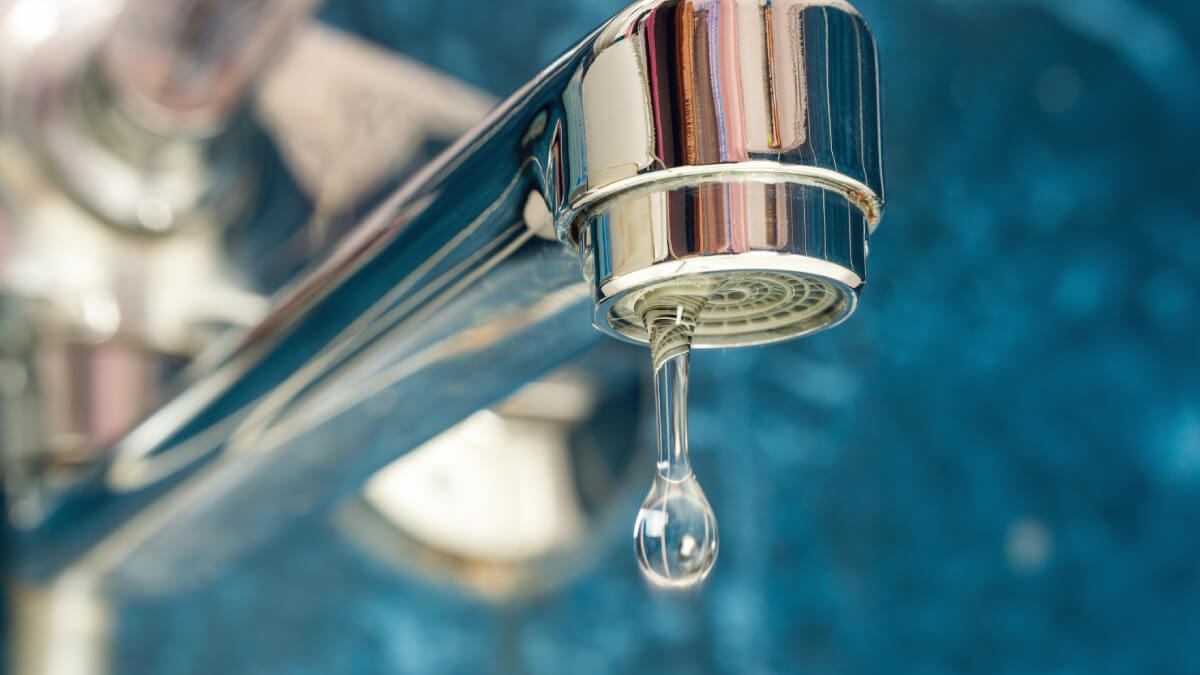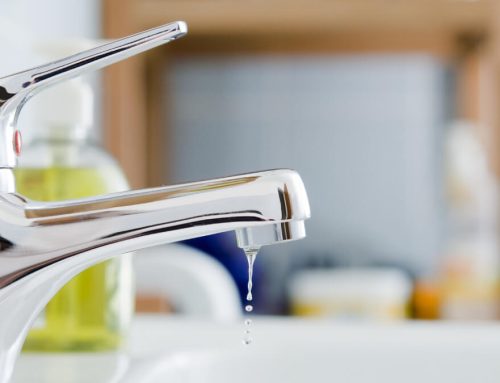
You Can Save Energy and Water with Low-Flow Plumbing Fixtures
Saving water and energy is a prudent and responsible decision for your wallet and the environment. Low-flow plumbing fixtures provide an ideal solution to reduce water consumption without losing performance. Find out about the perks of water-efficient fixtures, how they differ from previous models and effective strategies to conserve even more water in your everyday habits.
Key Benefits of Installing Low-Flow Plumbing Fixtures
Reduced water waste
The EPA’s WaterSense program has estimated that you can save 700 gallons of water per year by upgrading the existing faucets in your home with new, low-flow fixtures.
Lowering your monthly water bills
Low-flow fixtures lower your monthly utility bills by using less water. As a matter of fact, a WaterSense-labeled showerhead can save 4 gallons of water every time you shower, which adds up over time.
Also helps with water heating costs
Using less water for daily chores means you also use less hot water, which means another boost to your savings by reducing water heating costs.
Extended plumbing system life span
Cuts to the water flow also reduces wear and tear on your plumbing system, hopefully prolonging its life and reducing the need for repairs.
As you can see, switching to low-flow faucets, showerheads and toilets enhances your plumbing’s efficiency in numerous ways:
Key Components of Low-Flow Plumbing Fixtures
Low-flow fixtures take advantage of a few different ways to retain performance while using less water. Here’s how they do it:
- Dual-flush technology: Some toilets have two flush controls—one for liquid waste using less water, and a fuller flush for solid waste. This optimizes water use based on necessity.
- Flow restrictors: These devices restrict the amount of water that moves through the fixture while preventing a noticeable drop in pressure.
- Aerators: Lots of low-flow faucets and showerheads utilize aerators, mixing air with water to preserve the water pressure while still lowering the volume of water needed.
How Much Water Do Low-Flow Fixtures Use?
Low-flow plumbing fixtures began picking up traction in the 1990s. The shift was particularly driven by increased awareness of water conservation issues and our environmental footprint. The Energy Policy Act of 1992 required maximum flow rates for faucets, showerheads and toilets in the United States, promoting the public adoption of a new generation of low-flow plumbing fixtures. This early framework paved the way for more efficient fixture designs designed for reining in water consumption while preserving performance.
Take into account how much water low-flow fixtures use compared to their older counterparts:
- Faucets: Older faucets flow at about 2.2 gallons per minute (gpm), whereas low-flow faucets lower to 1.5 gpm or less without weakening the water pressure.
- Showerheads: The previous standard for showerheads was 2.5 gpm. Low-flow showerheads reduce water use to 2.0 gpm or lower.
- Toilets: Older, inefficient toilets may use as many as 7 gallons per flush (gpf). On the other hand, the current federal standard maximum is 1.6 gpf, with many dual-flush models with averages as low as 1.28 gpf.
Five Suggestions to Save Even More Water
While low-flow fixtures make a big difference on their own, you can do more to conserve water every time you use them. Here are a handful of tips:
- Shut off the water when you brush your teeth: Try and only leave the tap running if you’re actively using it. Once you leave the bathroom or spend a couple of minutes to actually brush your teeth, turn off the faucet so you don’t waste water.
- Don’t flush trash: Toilets are only designed to handle toilet paper and human waste. Flushing other items always wastes water and raises the risk of clogs. Do your local plumber a favor by only throwing away facial tissues, paper towels, cotton balls and similar products in the trash can.
- Take quicker showers: Even with low-flow showerheads, you can still waste water when you take too long. Cutting your shower time by a minute or two preserves water and limits energy use.
- Use dual-flush toilets appropriately: The dual-flush design only helps you if everyone in your household knows how to use it. Start with the half-flush button for liquid waste and only press the full flush for solid waste. Some handle-flush toilets feature dual-flush capabilities. A light flush uses less water, while keeping the handle depressed completes a full flush to remove solid waste more efficiently.
- Try and resolve leaks promptly: Even low-flow fixtures may leak, wasting water and lowering efficiency. Make an effort to regularly check for leaks and address any you find to limit any downtime to your water conservation efforts.
Ask About A Free Estimate for Low-Flow Plumbing Installation Today
Ready to reduce your water usage and save money? Moon Valley Plumbing is here to help! We install high-performance low-flow faucets, showerheads and toilets to promote water and energy conservation. With our 100% satisfaction guarantee, you can rely on us to deliver the exceptional products and services you deserve. If you’re ready to ask about a free quote for installing low-flow plumbing fixtures or want more water conservation tips, please contact us today.

